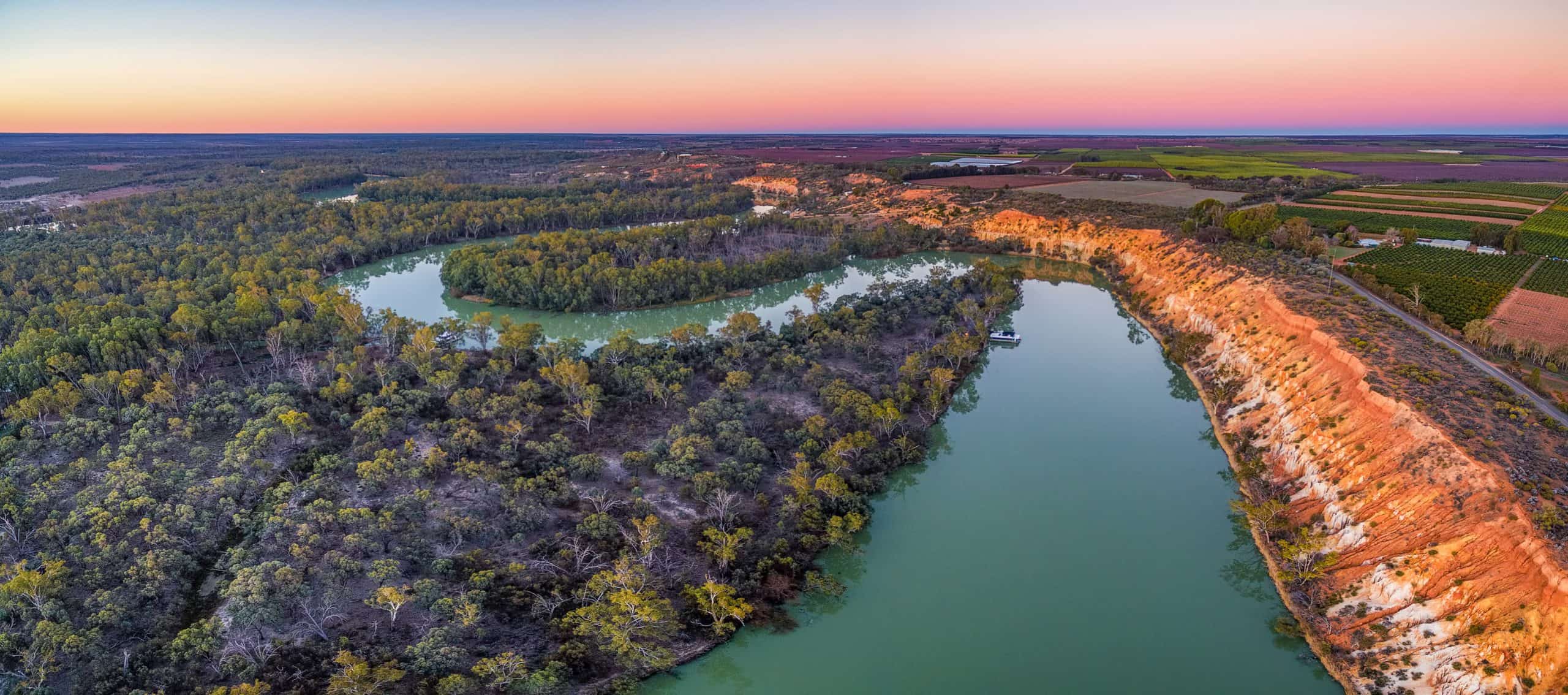Darling River

Nestled within the vast Australian outback, the Darling River flows as a silent witness to millennia of human history and cultural evolution. It’s a major tributary of the Murray River, originating in Queensland and flowing through New South Wales. Beyond its physical beauty, the Darling River holds deep significance as a cultural icon, serving as a spiritual, social, and economic lifeline for Indigenous communities and playing a pivotal role in shaping the identity of the regions it traverses. In this comprehensive exploration, we delve into the multifaceted ways in which the Darling River is culturally important, from its sacred significance to Indigenous peoples to its role as a source of inspiration for artists, writers, and musicians.
I. Spiritual Significance: The River as a Sacred Entity
For Indigenous peoples, the Darling River is more than just a body of water—it is a living, breathing entity imbued with spiritual significance and cultural meaning. Known as Barka in the language of the Barkindji people, the river holds a central place in Dreaming stories and creation myths, serving as a link between the physical and spiritual worlds. Rituals, ceremonies, and cultural practices are conducted along its banks, honoring the river as a source of life, renewal, and connection to the land.
II. Cultural Heritage: Preserving Traditional Knowledge and Practices
The Darling River Basin is home to a rich tapestry of Indigenous cultures and traditions, each with its unique customs, languages, and ways of life. For thousands of years, Indigenous communities have lived in harmony with the land and waterways, passing down traditional knowledge and practices from generation to generation. Today, efforts to preserve and revitalize Indigenous culture and heritage along the Darling are ongoing, with initiatives focusing on language revival, cultural education, and land management.
III. Historical Legacy: Exploring the River’s Role in European Settlement
The Darling River played a crucial role in the early European exploration and settlement of inland Australia, serving as a vital transportation route and source of water for pastoralists and settlers. Towns and settlements grew along its banks, fueled by trade, agriculture, and industry. Despite the challenges and conflicts that arose between Indigenous and European communities, the Darling became a symbol of resilience and adaptation, as different cultures and ways of life converged along its shores.
IV. Economic Importance: Supporting Livelihoods and Industries
Throughout its history, the Darling River has been a lifeline for communities and industries dependent on its waters for survival. Agriculture, fishing, and tourism are among the key industries supported by the river, providing livelihoods and economic opportunities for residents of the region. However, environmental challenges such as drought, pollution, and over-extraction of water have placed strain on the river and its ecosystems, highlighting the need for sustainable management and conservation efforts.
V. Cultural Expression: Inspiring Art, Literature, and Music
The beauty and majesty of the Darling River have long inspired artists, writers, and musicians to create works that capture its essence and significance. From iconic paintings and photographs to poems and songs, the river has been depicted in various forms of cultural expression, serving as a muse for creativity and storytelling. These artistic interpretations not only celebrate the natural beauty of the river but also reflect the cultural and spiritual connections that people have to this iconic waterway.
VI. Community Engagement: Fostering Connection and Identity
In addition to its spiritual, historical, and economic importance, the Darling River plays a crucial role in fostering community engagement and connection. Festivals, events, and cultural celebrations held along its banks bring people together to share stories, traditions, and experiences, strengthening bonds and fostering a sense of identity and belonging. As a cultural hub and gathering place, the Darling continues to shape the social fabric of the communities it serves.
Conclusion:
In unraveling the cultural tapestry of the Darling River, we gain a deeper appreciation for its significance as more than just a body of water, but as a living, breathing symbol of cultural identity and heritage. From its spiritual importance to Indigenous peoples to its role in shaping the identity of communities along its banks, the Darling serves as a testament to the enduring connection between people and place. As we reflect on the cultural importance of the Darling, may we continue to honor and preserve its legacy for generations to come.
Know More about the Darling River.
What are The Religious Places of the Darling River?
When Did The Darling River Basin Become a Focus?
Where is The Darling River Located?
Who Were The Key Historical Figures and Civilizations of The Darling River?
How to Reach Darling River?




